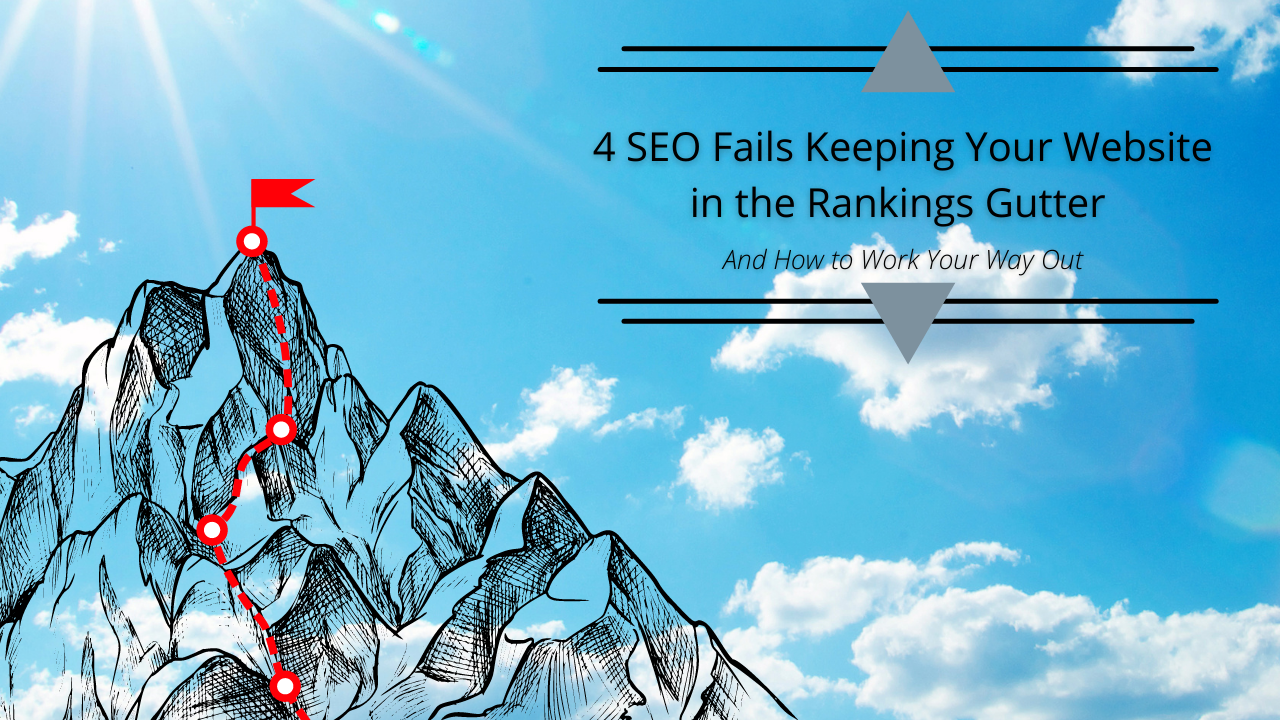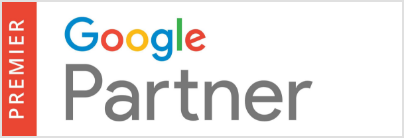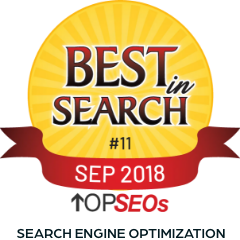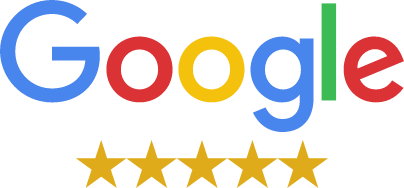Google SERPs are like a mosh pit at a heavy metal music festival – not only is it crowded, it can also be brutal. It may seem impossible to work your way up the results pages, especially when you operate in a competitive or niche space, however, it is possible. We’re going to jump right in and teach you about the top 4 reasons your website may not be ranking high on SERPs and what you can do about it.
-
Subpar Content
There is a reason why people say that content is king. Content serves a dual purpose: to capture the eyes of your target audience and to gain the attention of Google search bots via relevant short- and long-tail. However, don’t think you can just stuff your content with keywords like a Thanksgiving turkey. Google algorithms will take note and your rankings will suffer as a result. Your content needs to fulfill a need and address your desired audience’s pain points.
The best way to write excellent content that converts is to do your research. See what your competitors are offering and do it better. Ask yourself what their content might be missing or what unique insight you can add. Use Google’s Keyword Planner to find ideal search terms that are high volume, low competition and pepper these throughout your content naturally.
Additionally, if you offer more than one product or service, you’ll want multiple landing pages tailored to each unique product or service you offer. For example, SeoTuners offers a broad range of search engine optimization (SEO) and internet marketing services. You can visit our services page to see that we provide an overview of our offerings. Click on any service, such as Organic Search, and you’ll find a landing page dedicated specifically to that service. You should also have a company blog devoted to answering your target audience’s most pressing questions, which is a great way to show you’re an authority in your field.
Pro tip: After you’ve chosen your key search terms and sprinkled them throughout your content, you need to track their performance. Google Search Console is a free tool that shows your indexing status – but if you prefer the pros to take charge, call our SEO wizards instead.
-
Unclear Search Intent
So, now that you’ve learned content is the supreme overlord of SEO, you need to make that content is relatable to the masses. This is where search intent comes into play.
There are three primary types of search intent, according to Search Engine Journal, to which we will add a fourth. Just remember Do-Know-Go-Compare.
- Do searches refer to transactional queries where people are ready to follow through on a purchase. They might search “buy a dog collar with bow tie” or “red Mini Cooper Countryman for sale”. These types of queries are especially important for e-commerce businesses.
- Know type searches are informational queries. These searches are for the deep divers and rabbit hole jumpers who want more information on a specific topic, product, service, or industry. They might search for “Mini Cooper origins” or “What are the Game of Thrones creators up to now?”.
- Go searches are navigational queries. Users don’t need a map, they already know where they’re going. They want a specific website or page and might type in “Chewy dog collars with bow ties”. A Google ninja might even take it a step further and type in “what is inbound marketing site:seotuners.com”.
- Comparison searches are commercial queries. Users with commercial intent are further along the sales funnel but not quite ready to make a purchase just yet. They want to know more about their options, so they might search “vehicle mpg comparison”.
Your content strategy will depend entirely on your target audience’s search intent. For example, if you own an online handmade jewelry shop, you probably want to gear your content more toward “do” searches and transactional queries. On the other hand, if you operate an educational site that aims to teach people about SEO, you’ll want to lean into those “know” type searches and informational queries by serving up in-depth content on various SEO topics.
Pro tip: If you really want to fine-tune your content, you should be running A/B split-testing on various versions of your site. Mix up your content style or keywords to see what resonates with your specific audience the most. If you want to learn more about A/B split-testing, click through to our article here.
-
Low-Grade Backlinks
A backlink is essentially a vote of confidence. More specifically, a backlink is a link on another website that leads back to yours. Google Crawlers use these links to make connections on the web and to judge the authority or trustworthiness of your site. Backlinks essentially function a lot like word-of-mouth promotion – someone is linking to you because they find your content or offerings relevant and useful and think others should check you out.
There are numerous strategies that exist to help build backlinks and boost your rankings on Google SERPs. First and foremost, you should be scanning your competitor’s websites to see what types of sites are linking back to them. There are various auditing tools available that will provide you details on their backlink portfolio. (Of course, you can always reach out to the professionals like SeoTuners, too. We provide custom link-building services to earn you high page authority links to your site.)
Pro tip: You’ve probably heard the saying “someone else’s trash is another person’s treasure”. When you’re auditing your competitor’s backlinks, don’t ignore 404 pages. These may have broken backlinks that you can snatch from your competitors.
-
Terrible Technical SEO
Although it’s not overly complicated, there are numerous elements to consider when improving your site’s technical SEO. Here’s a super-condensed checklist of the components of technical SEO that can boost your organic search rankings:
- Meta titles are the subject lines that show up in blue. Most SERPs generally only display the first 50 to 70 characters.
- Meta descriptions are the text that appears below the meta title. You want to make sure your audience knows exactly what they’re getting if they click on your link. Keep your meta descriptions to about 150-160 characters and don’t forget to include a call-to-action.
- Header tags (H1, H2, H3, etc.) are just code that tells a browser how to display the text. Be sure to include relevant keywords in all header tags.
- Targeted keywords. You should be including both short-tail and long-tail keywords throughout your content; however, as we mentioned above, there’s no need to overdo it, as keyword stuffing can hurt your rankings in the long run.
- Website architecture is the hierarchical organization of your website pages. Homepages, subdirectories, breadcrumbs, contextual internal links, and navigation links are all examples of website architecture used by Google crawlers to understand your page.
- XML Sitemaps are essentially lists of important URLs on your website. They make it easier for Google’s algorithms to crawl and index your site and show which site URLs are available for crawling. Check out our article about XML sitemaps to find out more.
- txt files inform Google which URLs crawlers can access on your site; however, this does not mean your page will not show up on result pages. The primary benefit is avoiding a deluge of requests.
- Page speed and loading time are key elements of a user’s on-page experience. Slow loading times will hurt your rankings. To evaluate your website’s page speed, you can use Google’s PageSpeed Insights tool.
Pro-Tip: Speak with an SEO Expert
There are plenty of resources online that will teach you how to get better at SEO, but much of that knowledge comes from direct experience – and leveling up takes time and a lot of trial and error. To save valuable hours – and money – give SeoTuners a call at (877) 736-1112 or fill out our contact form here. Our SEO experts use proven strategies to boost rankings and conversions while maximizing your ROI.








